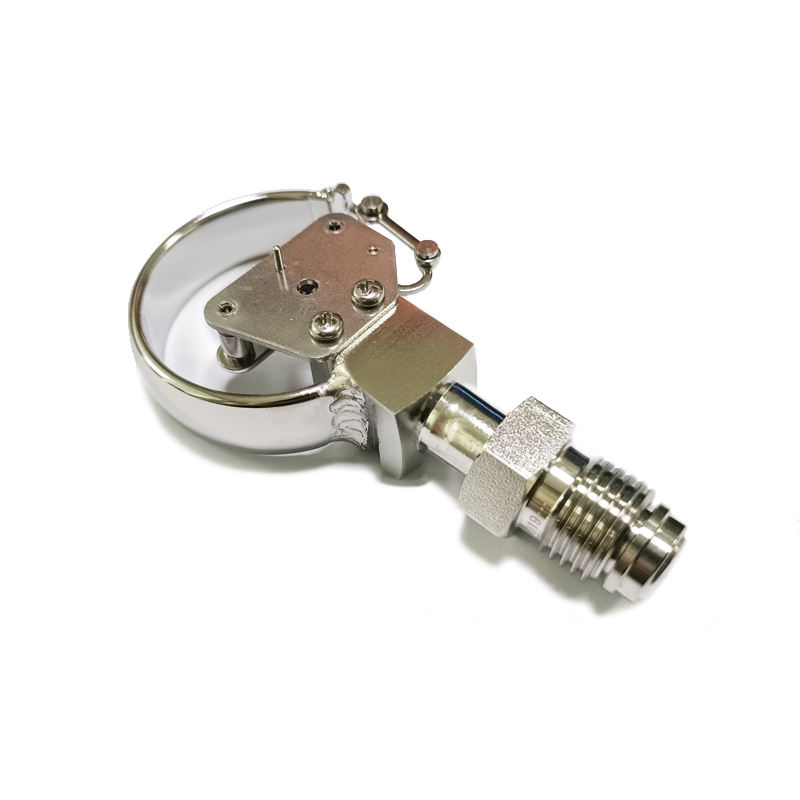
Ago . 16, 2024 22:09 Back to list
Inline Pressure Gauge for Fire Hose Applications and Efficiency Monitoring
Understanding Fire Hose Inline Pressure Gauges Ensuring Safety and Efficiency in Emergency Situations
In emergency situations such as fires, every second counts, and the effectiveness of firefighting efforts can make the difference between life and death. Among the various tools and equipment used by firefighters, one crucial component is the fire hose inline pressure gauge. This essential device plays a vital role in ensuring the effectiveness and safety of firefighting operations.
A fire hose inline pressure gauge is a specialized instrument designed to measure the pressure of water flowing through a fire hose. Positioned inline, the gauge provides real-time data on the pressure levels, allowing firefighters to monitor and adjust their operations accordingly. Understanding the functionality and importance of this device can help improve overall firefighting efficacy.
Importance of Pressure Monitoring
The pressure of water flowing through a fire hose is critical for several reasons. First and foremost, adequate pressure is necessary to ensure that water reaches the fire effectively. Insufficient pressure can lead to weak streams that fail to extinguish flames, putting both firefighters and civilians at risk. Conversely, excessive pressure can cause hoses to burst or leak, leading to potential injuries and ineffective firefighting.
An inline pressure gauge allows firefighters to maintain optimal pressure levels during operations. By providing immediate feedback on the water pressure, firefighters can make necessary adjustments to their strategy, ensuring that they have the right amount of water and force needed to combat the blaze effectively. This real-time monitoring contributes significantly to the success of firefighting efforts.
Design and Functionality
Fire hose inline pressure gauges are designed for rugged use in demanding firefighting environments. Typically made from durable materials that can withstand high pressures and harsh conditions, these gauges are essential for ensuring reliable performance. They feature easy-to-read dials or digital displays that provide clear indications of pressure levels, allowing for quick assessments.
fire hose inline pressure gauge product

Many modern pressure gauges come equipped with additional features such as pressure relief valves and built-in alarms. A pressure relief valve prevents excessive pressure buildup, while alarms can alert firefighters to abnormal pressure changes that may indicate a malfunction or blockage in the system. These features enhance safety and reliability, making inline pressure gauges indispensable in emergency scenarios.
Benefits of Using Inline Pressure Gauges
1. Enhanced Safety By maintaining appropriate pressure levels, these gauges help prevent accidents associated with burst hoses and excessive water force, protecting firefighters and civilians alike.
2. Increased Efficiency With accurate pressure readings, firefighters can optimize their water usage, ensuring that every drop is used effectively to suppress flames.
3. Real-time Decision Making Inline pressure gauges enable firefighters to make informed decisions based on real-time data, allowing for quick adjustments to tactics as conditions change.
4. Training and Preparedness Incorporating inline pressure gauges into firefighting training helps prepare firefighters for real-world scenarios, ensuring they understand how to monitor and adjust pressure effectively.
Conclusion
In conclusion, fire hose inline pressure gauges are invaluable tools in the firefighting arsenal. Their ability to monitor and manage water pressure during operations directly impacts the effectiveness and safety of firefighting efforts. As technology continues to evolve, these gauges are becoming more sophisticated, offering features that further enhance their utility in the field. For firefighters, investing in high-quality inline pressure gauges is a crucial step towards ensuring successful and safe responses to emergencies. In the face of danger, having the right equipment can save lives, making inline pressure gauges not just a tool, but a lifeline.
-
High-Precision 5 Valve Manifold Differential Pressure Gauge Suppliers
NewsApr.29,2025
-
High-Precision Diaphragm Vacuum Pressure Gauges Manufacturers & Quotes
NewsApr.29,2025
-
Omega Differential Pressure Gauges High Accuracy & Durability
NewsApr.28,2025
-
Low Pressure Differential Pressure Gauges Precision Solutions & Quotes
NewsApr.28,2025
-
Digital Diaphragm Pressure Gaauge Precision Measurement & OEM Quotes
NewsApr.28,2025
-
Differential Pressure Gauge China Price High-Accuracy & Best Quotes
NewsApr.28,2025
